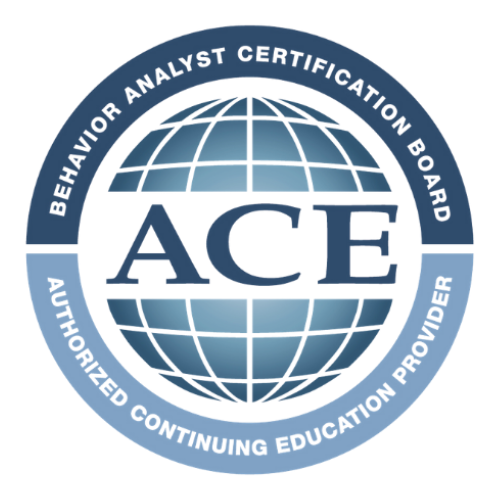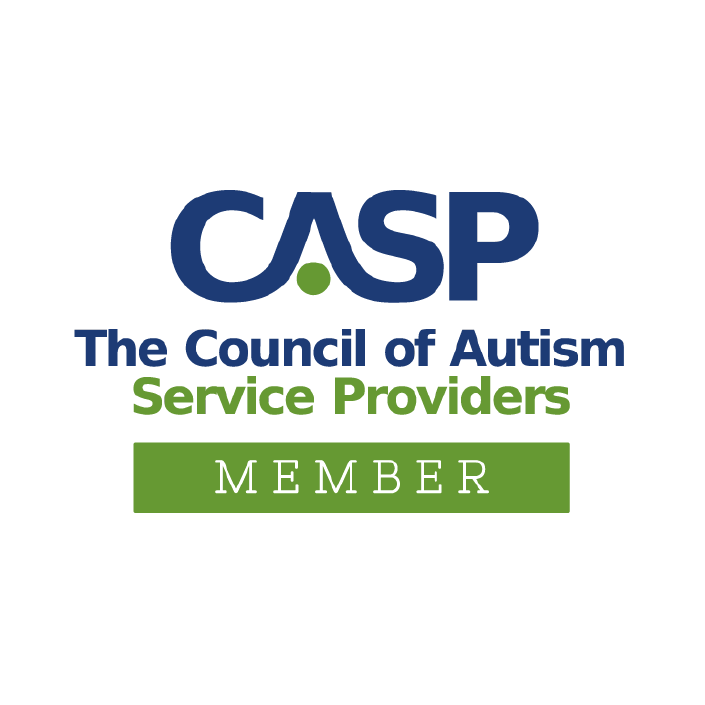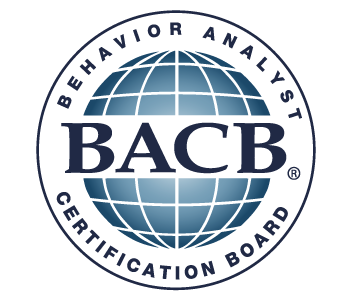Educational and Therapeutic Technology
Augmentative and Alternative Communication
Many of our students use some form of augmentative and alternative communication (AAC) as their primary means of communication. AAC includes communication devices such as Pragmatic Organization Dynamic Display and Proloquo2Go.
Pragmatic Organization Dynamic Display (PODD)
PODD is one of many AAC vocabularies that we use at First Children School. If a student uses AAC such as PODD, they have the book or device with them at all times. Until they are capable of independent communication, their communications partners are trained in Partner Assisted Scanning (PAS) and Aided Language Stimulation to appropriately facilitate expressive language.
PODD was developed by an Australian Speech-Language Pathologist, Gayle Porter, and is organized around pragmatic concepts rather than category based vocabulary (such as TouchChat or Proloquo2Go) or compacted semantic (such as LAMP Words for Life). There is both a lo-tech (paper) version and hi-tech version, both can be used with the student interchangeably and can be utilized with alternative access modifications such as high contrast symbols or manual eye gaze.
“PODD is a way of organizing whole word and symbol vocabulary in a communication book or speech-generating device to provide immersion and modelling for learning. The aim of PODD is to provide vocabulary for continuous communication all the time in a range of situations.” ~Talktometechnoligies.com
PODD is typically used in conjunction with PAS and Aided Language Stimulation to give the student a natural approach to language learning. PAS is both a modality to teach language for any level communicator, as well as a method of expressive language for those students with complex communication needs and without dependable access methods (such as direct touch, switch scanning or eye gaze). In PAS the partner models language on the PODD system communicating the navigation route as well as the target word/phrase. When the student indicates a desire to “speak” each column and row of the PODD are auditorily scanned one icon at a time to allow for the student to affirm or reject the choice. In the hi-tech version the student can activate the scan themselves or the partner can scan for them.
Pamela Welch-Reinoso, one of First Children School’s Speech-Language Pathologists, works with students who use various forms of augmentative and alternative communication.
In this video, Pamela demonstrates using a PODD device. The video encompasses a lesson about identifying shapes in common items; therefore it incorporates the academic area of the week’s lesson plan with modeling core language and using PODD AAC on a high tech device.
The goals of the Transitions Program are to help students with anxiety and/or depression, who are not attending or thriving in a typical school setting, to return to a classroom-like setting, learn coping skills, and ultimately transition back to school. The program includes group and individual counseling for each student in addition to their academic curriculum. As students progress through the program, our professional staff will assist students, their families, and school district staff with a re-entry plan to transition them back to school.
Proloquo2Go
Proloquo2Go is a symbol-supported communication app providing a voice to individuals who cannot speak. It is designed to promote growth of communication skills and foster language development through research-based vocabularies.
Pamela created this video to help her students who use Proloquo2Go to expand their expressive utterances and promote literacy via their AAC device. Here are explanations of the various elements of the video:
- The video that starts with a photo of the elements involved in the therapy plan, continues with a very short modeling video to teach how to access the sentence starter words in P2G, continues with a reading where each page is supplemented with icons for words in Proloquo2Go that the parent/communication partner can model during the reading or the student can access themselves, and finally ends with a photo of the writing activity to follow the video.
- The icons included on the reading “In Spring” are icons that most of my students or parents are already familiar with for location and navigation. The video is timed to allow students and their communication partners to go back and forth between the video and their device.
- The writing assignment is based on predictable chart writing by assigning a prompt category for each blank and allowing the student to choose whatever they feel fits best. This writing assignment is then continued and finally edited into short book form for the student and communication partner to review.



Eye Gaze System
An eye gaze system has been introduced by our occupational therapy department in conjunction with our TVIs. Our speech and language pathologists and physical therapists have also been involved with regard respectively to communication and positioning. The eye gaze system offers training for looking, tracking, and activation, as well as other purposes such as communication.




